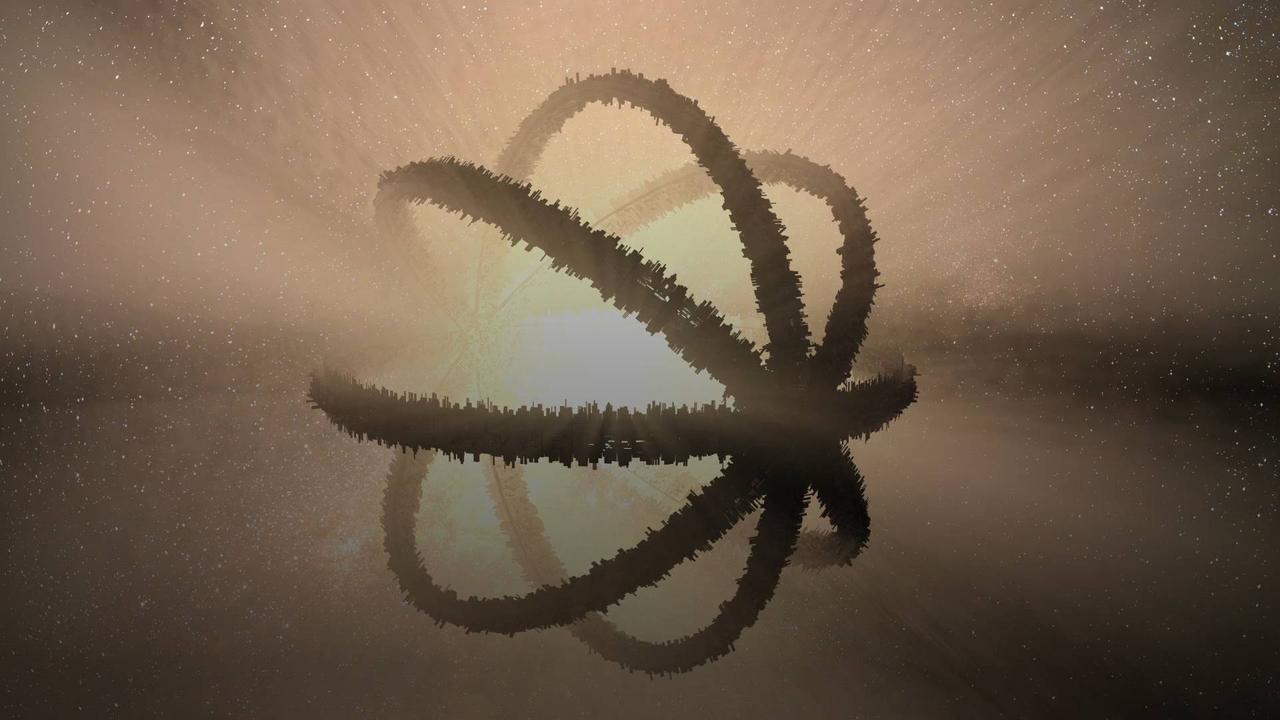
Scientists Use 'Dyson Sphere' , Signature to Search for , Potential Alien Life.
Decades ago, physicist Freeman Dyson theorized that a shell made of solar panels that surrounds a star would be the ultimate energy solution for an advanced civilization.
.
One should expect that, within a few thousand years of its entering the stage of industrial development, any intelligent species should be found occupying an artificial biosphere which completely surrounds its parent star, Freeman Dyson, 1960 paper, via CNN.
CNN reports that the concept took hold and the hypothetical megastructures have come to be called Dyson spheres.
.
At the time, Dyson suggested that these spheres would emit waste heat as detectable infrared radiation.
The British American physicist suggested that this unique radiation signature could be a way of finding extraterrestrial life.
.
It would be much more rewarding to search directly for intelligence, but technology is the only thing we have any chance of seeing, Matías Suazo, Lead study author and a doctoral student in the department of physics and astronomy of Uppsala University in Sweden, via CNN.
A new study searched five million stars in the Milky Way galaxy to find seven candidates that could potentially be home to an advanced civilization's Dyson sphere.
It’s difficult for us to find an explanation for these sources, because we don’t have enough data to prove what is the real cause of the infrared glow, Matías Suazo, Lead study author and a doctoral student in the department of physics and astronomy of Uppsala University in Sweden, via CNN.
It’s difficult for us to find an explanation for these sources, because we don’t have enough data to prove what is the real cause of the infrared glow, Matías Suazo, Lead study author and a doctoral student in the department of physics and astronomy of Uppsala University in Sweden, via CNN.
They could be Dyson spheres, because they behave like our models predict, but they could be something else as well, Matías Suazo, Lead study author and a doctoral student in the department of physics and astronomy of Uppsala University in Sweden, via CNN.
The team's findings were published in the journal 'Monthly Notices of the Royal Astronomical Society.'
